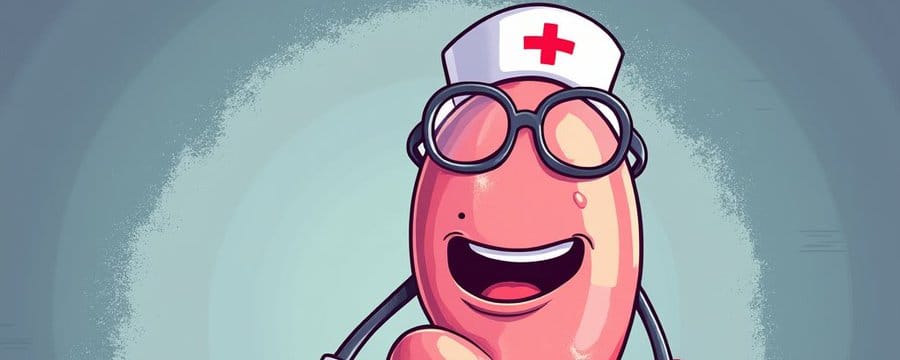
Type 1 Diabetes requires vigilant management to prevent emergencies like hypoglycaemia, hyperglycaemia, and diabetic ketoacidosis (DKA). Here’s an in-depth look at each condition, aimed at helping those with Type 1 Diabetes to recognize symptoms early, understand the implications, and know the appropriate actions to take:
Hypoglycaemia
What is Hypoglycaemia?
Hypoglycaemia, or low blood sugar, occurs when your blood glucose levels drop below 4 mmol/L. It's a common issue among those with Type 1 Diabetes due to insulin mismanagement, irregular meal patterns, or excessive physical activity.
Symptoms:
- Shaking or trembling
- Sweating
- Dizziness
- Confusion or difficulty concentrating
- Hunger
- Rapid heartbeat
- Irritability or mood changes
Treatment:
- Immediate Action: Consume fast-acting carbohydrates:
Glucose tablets or gels (15-20 grams of glucose)
Non-diet cola or orange juice (150-200ml)
Sweets like jelly beans (about 15 grams of sugar)Check your blood sugar after 10-15 minutes. If it hasn't risen above 4 mmol/L, repeat the treatment. - Follow-up: After your blood sugar stabilizes, eat a snack or meal with longer-lasting carbohydrates and protein to prevent another drop.
- Seek Help: If you can't treat it yourself or if symptoms worsen, seek immediate medical attention, especially if you're unconscious or having seizures.
Hyperglycaemia
What is Hyperglycaemia?
Hyperglycaemia, or high blood sugar, generally happens when blood glucose levels go over 11.0 mmol/L for a prolonged period. It can result from insufficient insulin, diet, stress, or illness.
Symptoms:
- Increased thirst
- Frequent urination
- Fatigue
- Blurred vision
- Headache
Treatment:
- Check Ketones: If your blood sugar is high, check for ketones in your urine or blood.
- Insulin Adjustment: Administer a correction dose of insulin if advised by your diabetes team or according to your treatment plan.
- Hydration: Drink plenty of water to help dilute the sugar in your urine.
- Rest: If you're feeling unwell, rest, but check your blood sugar more frequently.
- Medical Assistance: If symptoms persist or if you notice moderate to large amounts of ketones, seek medical help. Hyperglycaemia can lead to DKA if not addressed.
Diabetic Ketoacidosis (DKA)
What is DKA?
DKA is a serious complication where the body starts breaking down fat as a fuel source due to a severe lack of insulin, leading to an accumulation of ketones in the blood, making the blood acidic.
Symptoms:
- Very high blood sugar levels
- Extreme thirst
- Frequent urination
- Nausea, vomiting
- Abdominal pain
- Rapid breathing
- Fruity-smelling breath
- Confusion or loss of consciousness
Prevention and Early Detection:
- Regular blood sugar monitoring
- Proper insulin administration
- Awareness of signs of illness or infection which might spike blood sugar
Treatment:
- Immediate Medical Attention: DKA requires hospital treatment where you'll receive:
Intravenous insulin to lower blood sugar
Fluids to correct dehydration
Electrolyte replacement - Long-Term Prevention:
Follow your diabetes management plan closely.
Know when to seek help; don't delay if you suspect you might be heading into DKA.
General Tips
- Education: Regular education sessions with healthcare providers about diabetes management can prevent many emergencies.
- Emergency Kit: Always have a diabetes emergency kit including glucose tablets, ketone test strips, and a glucagon kit for severe hypoglycaemia.
- Tech Assistance: Use of Continuous Glucose Monitors (CGM) can provide real-time alerts for potential hypo- or hyperglycaemic events.
By understanding these conditions and preparing for them, individuals with Type 1 Diabetes can manage their condition more effectively, reducing the risk of emergencies and ensuring a higher quality of life. Remember, when in doubt, consult with your healthcare provider or emergency services.

Member discussion: